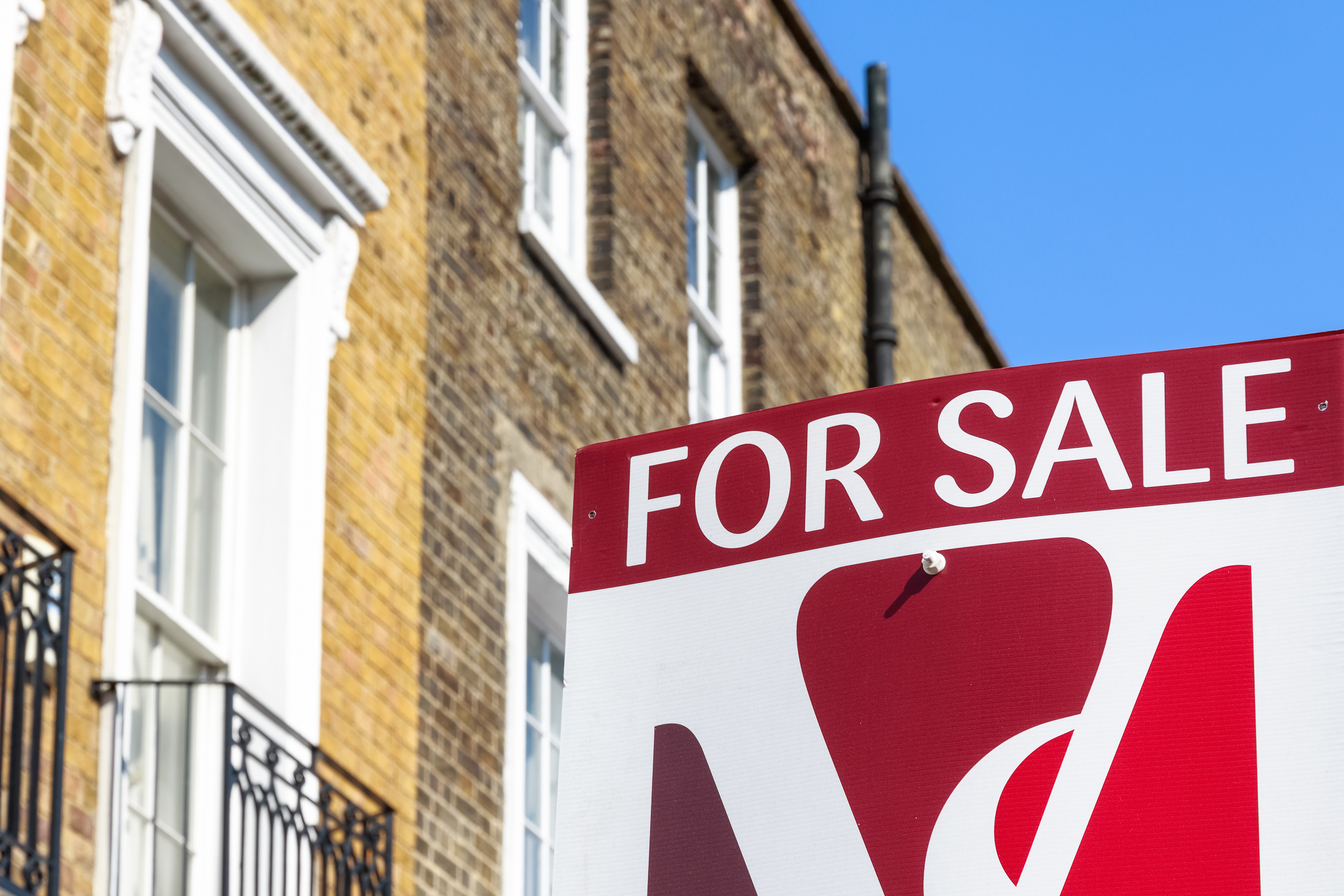
MOVING to the seaside could save home buyers more than £24,000 compared to purchasing elsewhere, according to new figures.
Bank of Scotland analysis found that buying a home in one of Scotland’s seaside towns now costs an average £24,396 less than the rest of Scotland.
House prices in towns on the coast have risen at half the rate of the rest of the country, increasing by £7,980 (6%) in the last five years compared with a 12% rise across Scotland as a whole.
The report also highlighted an east/west house price divide, with nine of the top 10 most expensive properties located on the eastern coastline while nine out of the 10 least expensive seaside towns are on the west coast.
For the second year running, North Berwick in East Lothian is the most expensive seaside town with an average house price of £342,346 in 2017, while St Andrews in Fife is the second most expensive at £312,063.
Graham Blair, mortgage director at Bank of Scotland, said: “Scotland, with its beautiful coastline, represents fantastic value for money for anyone looking to purchase a seaside property.
“These locations offer a unique lifestyle with a typically high quality of life and a healthy environment.
“Home buyers working in Scotland’s major towns and cities no doubt weigh up commute time and the discount they can receive by moving to the seaside.”
However living by the seaside does not appear to impact on how happy a person is.
When asked on a scale of one to 10 how happy they were, the average happiness rating of the 10 most expensive and 10 least expensive seaside towns is 7.5 – the same happiness rating as Scotland as a whole, the research found.
The other most expensive seaside towns in Scotland were Newtonhill in third place (£233,855), followed by Stonehaven (£226,687), both in Aberdeenshire, and Dunbar in East Lothian (£211,392).
Millport on the island of Cumbrae is the least expensive in Scotland and the UK, with an average price of £81,233 in 2017, and is closely followed by Girvan (£91,459) and Saltcoats (£92,891), both in Ayrshire.
Wick in Caithness was in fourth place with a property there costing £92,891 on average, followed by Irvine in Ayrshire at £98,203.
Six of the top 10 least expensive towns have an average price below £100,000.
House prices in Argyll and Bute bucked the national trend and saw the biggest increases.
Prices in Port Ballantyne rose £29,544 (41%) in 2016/17, the biggest increase in Scotland, while in Campbeltown they rose £24,652 – a 31% increase.

Enjoy the convenience of having The Sunday Post delivered as a digital ePaper straight to your smartphone, tablet or computer.
Subscribe for only £5.49 a month and enjoy all the benefits of the printed paper as a digital replica.
Subscribe